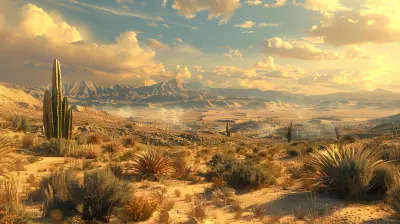Exploring the Hidden Mysteries of Machu Picchu
5 August 2025
Let’s be honest—when you hear the name “Machu Picchu,” your mind probably paints a picture of misty mountain ridges, ancient stones, and llamas perched on dramatic cliffs. And yes, you're not wrong. But here's the twist—there’s way more to this majestic Incan city than what meets the eye on those glossy travel brochures. Buckle up, because we’re going deep into the mist-shrouded wonders and secrets of one of the world’s most iconic archaeological gems.
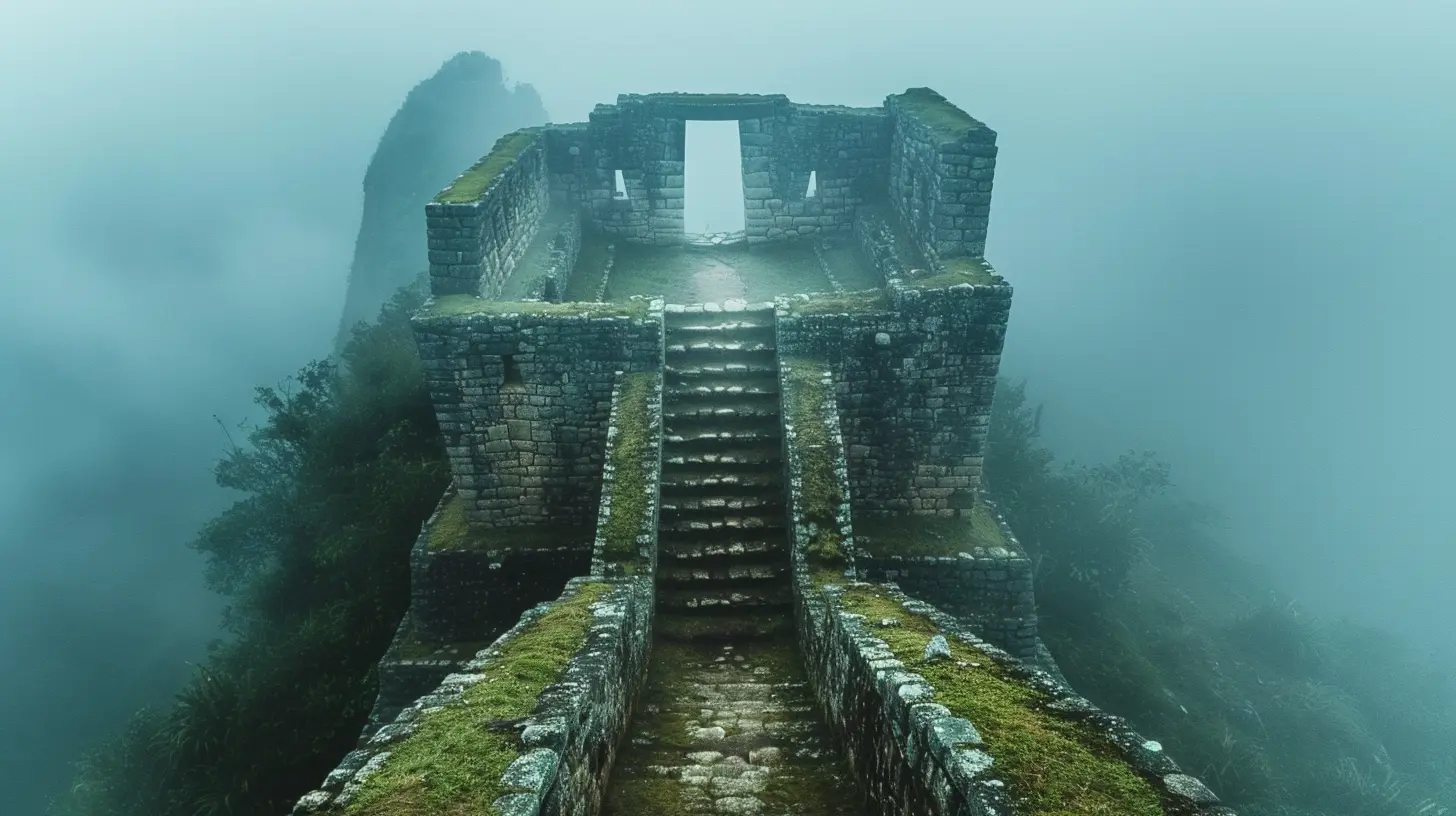
What Makes Machu Picchu So Mysterious?
Okay, so first off—what’s all the hype about? Why do historians, backpackers, and Instagrammers all obsess over this one place tucked high in the Andes of Peru?Well, for starters, Machu Picchu isn’t just another old ruin. This place is an architectural marvel built some 500 years ago, and trust me, the engineering here is mind-blowing. The Incas didn’t use wheels, iron tools, or written language, yet they created a city that still baffles modern-day engineers and archaeologists.
And the kicker? No one really knows why it was built.
Yep. There are theories, of course. Some say it was a royal estate, others think it was a sacred religious site, and a few believe it was some kind of giant astronomical observatory. The truth? Still up in the Andes clouds.
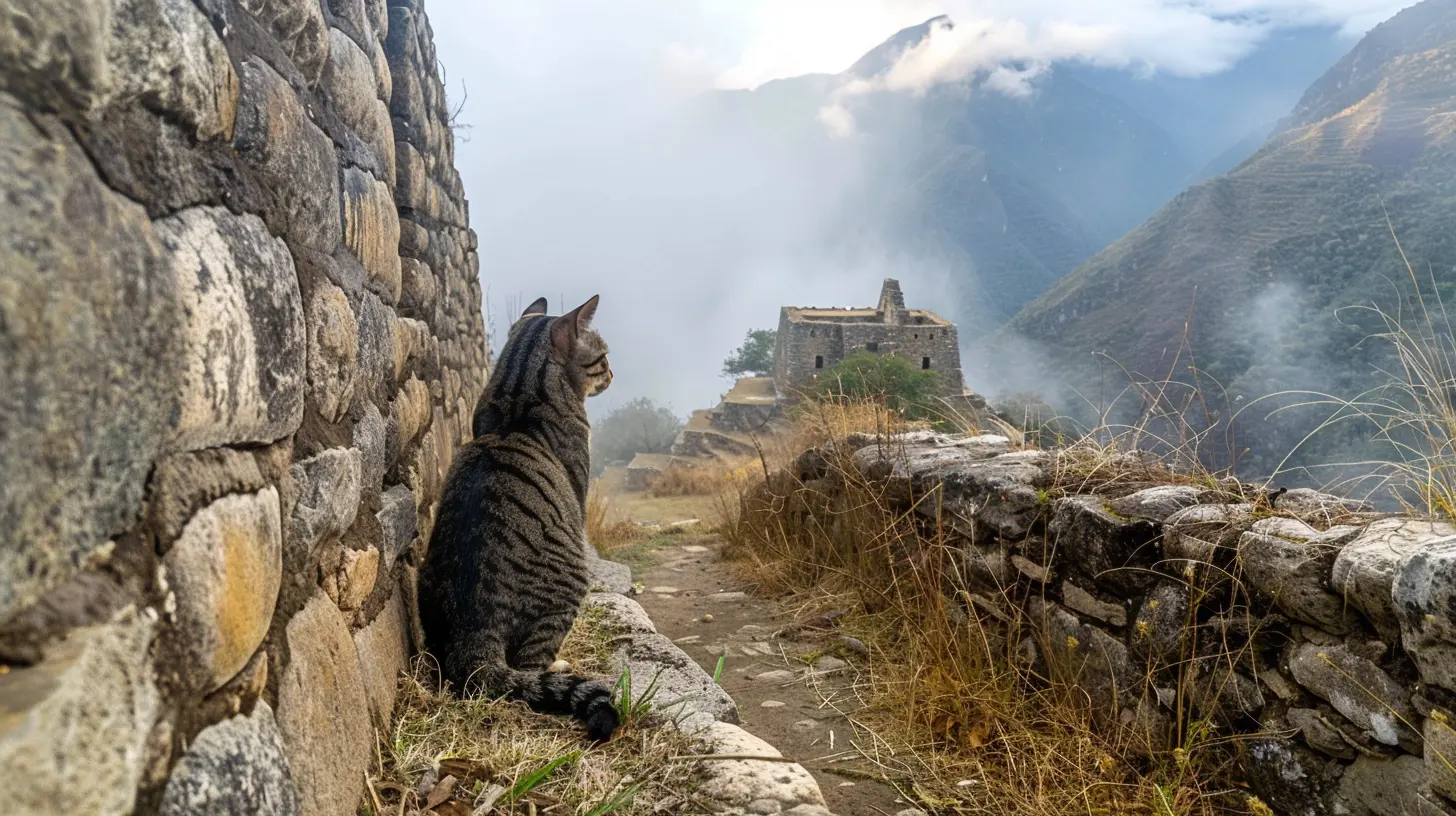
The Inca Touch: Precision Meets Mystery
Let’s talk about the stonework. If you ever visit (and you absolutely should), take a closer look at the walls. You’ll see giant granite blocks, perfectly shaped, tightly fitted together—without any mortar.And here’s the wild part—these blocks were cut so precisely that not even a razor blade can slip through the seams.
Now think about this: the Incas dragged these stones from quarries miles away, up steep mountainsides—without wheels. How? That’s still up for debate. Ancient aliens? Just kidding. (Or are we?)
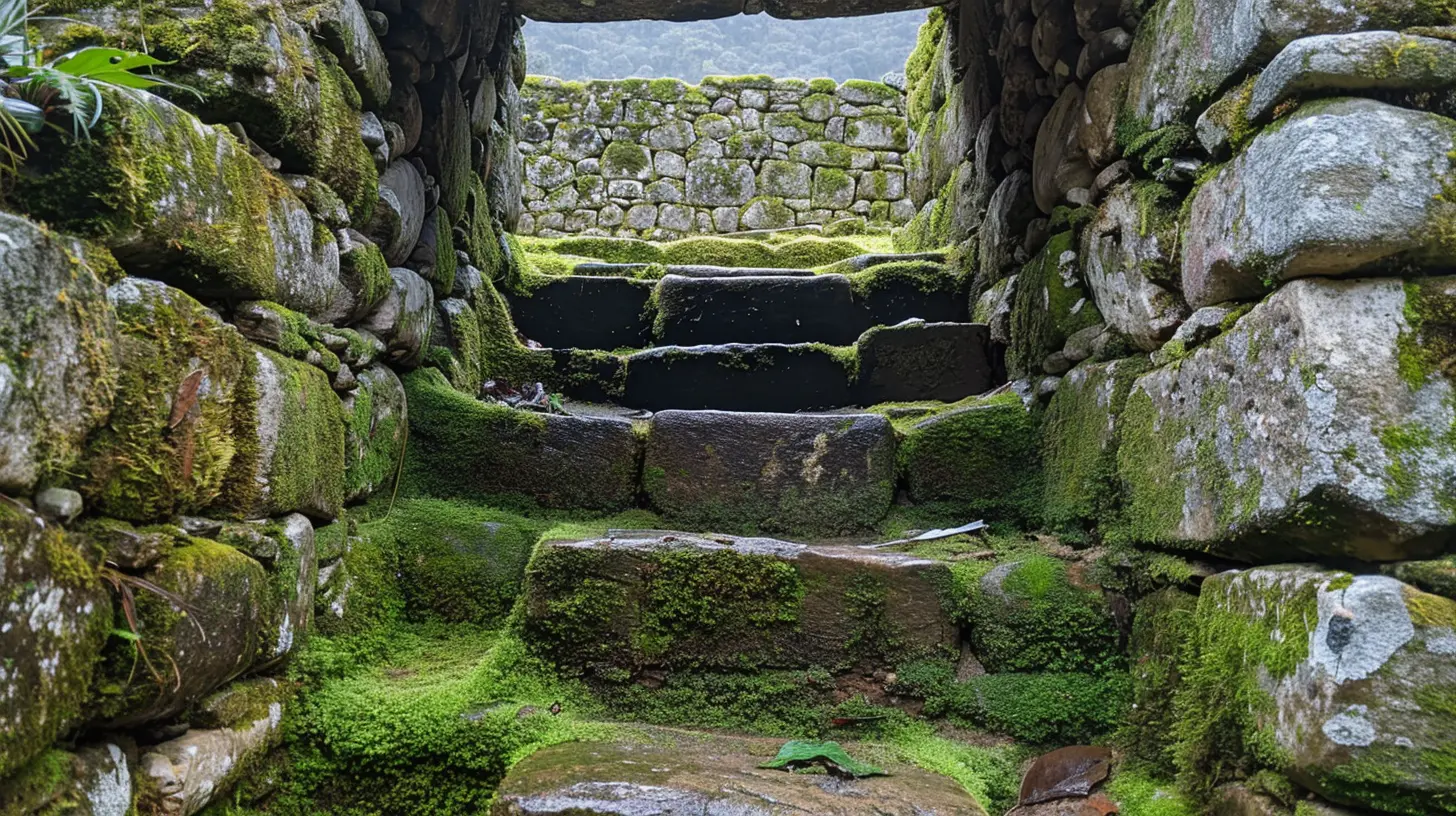
The Wild Location: Not Just a Pretty View
Machu Picchu sits about 7,970 feet above sea level, nestled between two peaks: Huayna Picchu and Machu Picchu Mountain. The views? Unreal. The location? Strategic.The Incas didn’t randomly plop a city on a mountaintop. They picked this spot for specific reasons: isolation, safety, and probably spiritual significance. They believed mountains were sacred, kind of like guardians or gods. They even called them “apus.” So, building a city in the clouds? That was a power move—both practical and symbolic.
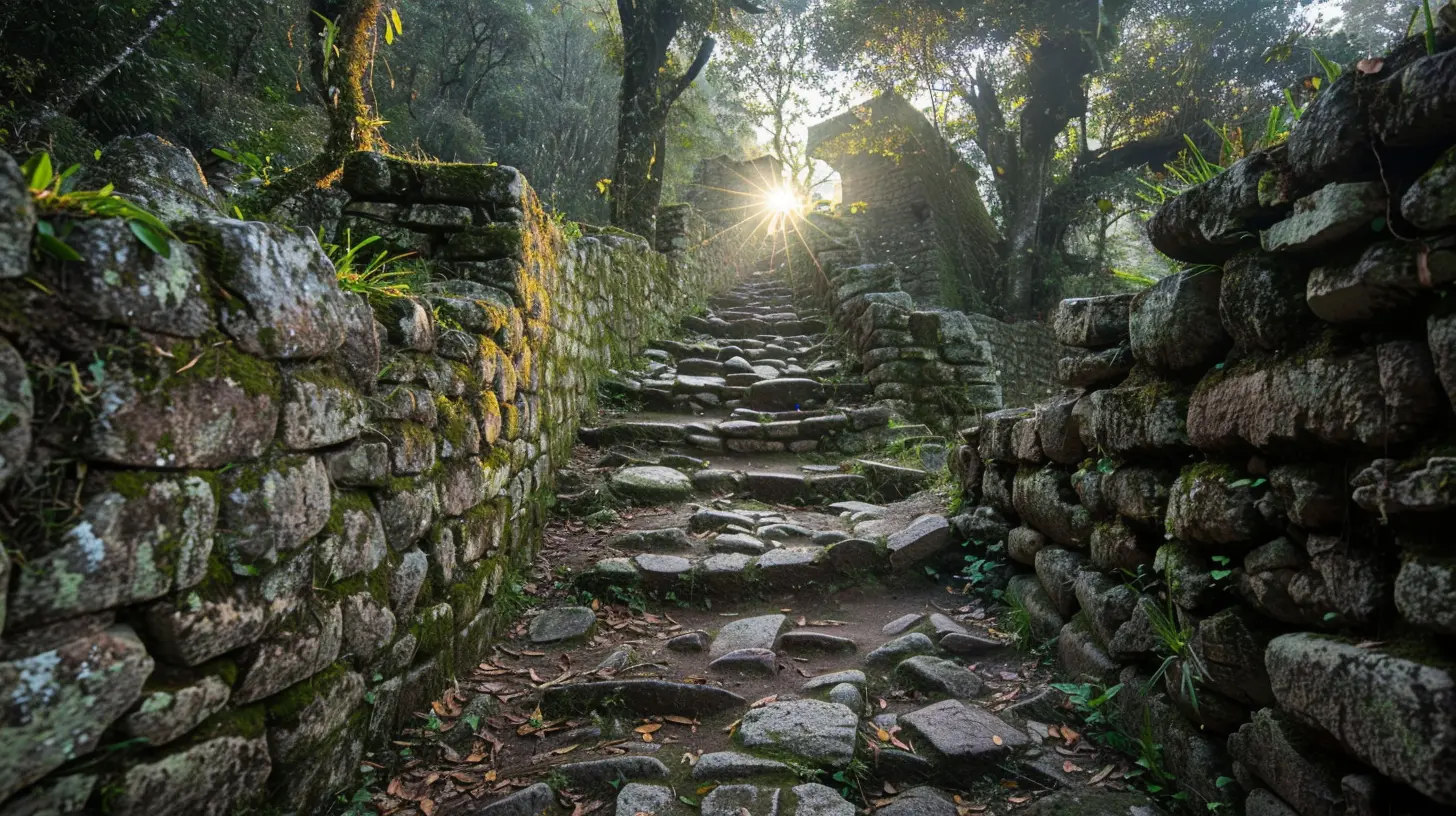
The Lost City That Was Never Really Lost
Here’s a fun fact that always surprises people: Machu Picchu was never technically “lost.” The locals knew about it for centuries. But to the outside world? Yeah, it pretty much vanished after the Spanish conquest.It wasn’t until 1911 that Hiram Bingham, an American historian and adventurer (and amateur treasure hunter), brought it to global attention. Some say he stumbled upon it by accident with the help of a local 11-year-old boy. Others say he was led there intentionally. Either way, the world hasn't been the same since.
Layers of Meaning: Was It a Sacred City?
Let’s dive into the spiritual stuff. Some archaeologists believe Machu Picchu was designed with cosmology in mind. The temples are aligned with solstices, the views connect certain peaks, and some structures mimic nearby mountains.You’ll find the Temple of the Sun, for instance, where sunlight pours perfectly through a window during the summer solstice. Coincidence? Probably not.
The Incas didn’t just build with stone—they built with purpose, aligning their architecture with the stars, nature, and their beliefs. That’s not just impressive—it’s poetic.
The Sacred Stones You Probably Missed
When you walk through Machu Picchu, you’ll come across more than buildings and terraces. Look out for these mystical stones:- Intihuatana Stone: Often called the "Hitching Post of the Sun." This carved rock was likely used as a solar clock or calendar. During the equinox, the sun stands almost directly above it, casting little to no shadow.
- Sacred Rock: A massive boulder shaped like the mountain behind it. Coincidence? Again, probably not. The Incas loved blending the natural with the spiritual.
- Cave Tombs: Below the city, hidden from casual explorers, are small caves and burial chambers. These likely held mummies of high-status individuals. Creepy? A bit. Fascinating? Absolutely.
The People Behind the City
It’s easy to get caught up in the “what,” but let’s not forget the “who.” Machu Picchu was built under the rule of Pachacuti Inca Yupanqui, one of the empire’s most powerful leaders. He transformed the Inca Empire from a small kingdom into a massive civilization that stretched across western South America.Think of him as the Incan Alexander the Great—with a twist of spiritual guru. He supposedly designed Machu Picchu as a reflection of his divine power and in harmony with the natural world.
The Mystery of Abandonment
Why was such an incredible place abandoned? There’s no clear answer. Some think it was due to a smallpox outbreak brought by Europeans. Others suggest it simply lost importance after Pachacuti’s reign.What’s eerie is that it wasn’t destroyed like so many other Inca sites. It was just… left behind. Intact. Waiting to be found. There’s something hauntingly beautiful about that, right?
Sustainable Sophistication: The Inca Eco-Mindset
Before eco-tourism was a buzzword, the Incas were already practicing it. Machu Picchu features an advanced drainage system, agricultural terraces to prevent soil erosion, and buildings that seamlessly blend into the landscape.Imagine—centuries ago, these folks were designing sustainable cities that function in harmony with nature. Meanwhile, we still struggle to keep plastic out of rivers.
Their legacy? It’s not just about ancient stones. It’s a lesson in living with the Earth, not against it.
Llama Drama and Alpaca Antics
Of course, no trip to Machu Picchu is complete without spotting a few llamas. These fluffy residents aren’t just there for selfies. Llamas and alpacas were vital to Inca society—for transportation, wool, and even religious ceremonies.And fun tip: Want to tell a llama from an alpaca? Llamas are taller and have banana-shaped ears. Alpacas are fluffier and look like living stuffed animals. Either way, they’re both adorable and kind of photogenic divas.
Tips for Modern-Day Explorers
Ready to make the journey? Here are some survival tips for your pilgrimage to the ancient heights:- Acclimate to the altitude: Don’t underestimate it. Spend a night or two in Cusco before heading up to Machu Picchu.
- Bring layers: The weather flips faster than a coin. It can go from sunny to rainy in minutes.
- Travel light: You’ll be walking a lot, so ditch the extra baggage—literally and metaphorically.
- Book tickets early: Entrance to Machu Picchu is regulated, and permits for Huayna Picchu or the Inca Trail sell out months in advance.
- Respect the site: Don’t climb on ruins, don’t take stones, and for the love of ancient gods, don’t carve your name anywhere.
Alternatives and Hidden Gems Nearby
Want to escape the crowd? Check these out:- Choquequirao: Often called the “sister city” of Machu Picchu, it’s larger and way less crowded. But it’s a tough hike—definitely for seasoned trekkers.
- Ollantaytambo: A stunning Inca fortress town in the Sacred Valley with mind-blowing stonework.
- The Inca Trail: A 4-day trek that ends at the Sun Gate of Machu Picchu at sunrise. Life-changing, no exaggeration.
Final Thoughts: More Than Just a Postcard
Machu Picchu isn’t just a fancy backdrop for travel photos. It’s a living symbol of resilience, mystery, and ingenuity. Every stone whispers a story, every view stirs the soul. Whether you’re a history lover, a dreamer, or just someone craving an adventure that goes beyond the ordinary, this place will leave a mark on you.So go ahead—get lost in its secrets, walk the paths of an empire, and maybe, just maybe, feel the pulse of something ancient beneath your feet.
all images in this post were generated using AI tools
Category:
Ancient RuinsAuthor:

Pierre McKinney
Discussion
rate this article
2 comments
Blair Jones
Machu Picchu's allure is irresistible! I’m fascinated by its rich history and hidden mysteries. This ancient site invites us to ponder the past while exploring its breathtaking beauty. What secrets might still be waiting to be uncovered?
November 27, 2025 at 5:39 PM
Elowyn McCartney
Machu Picchu: where WiFi is weak, but the views are strong. Just remember, if a llama gives you the side-eye, it's judging your hiking skills. Happy exploring, intrepid travelers!
August 10, 2025 at 4:40 AM

Pierre McKinney
Thanks for the fun perspective! Machu Picchu truly blends breathtaking views with unique encounters. Happy exploring!
